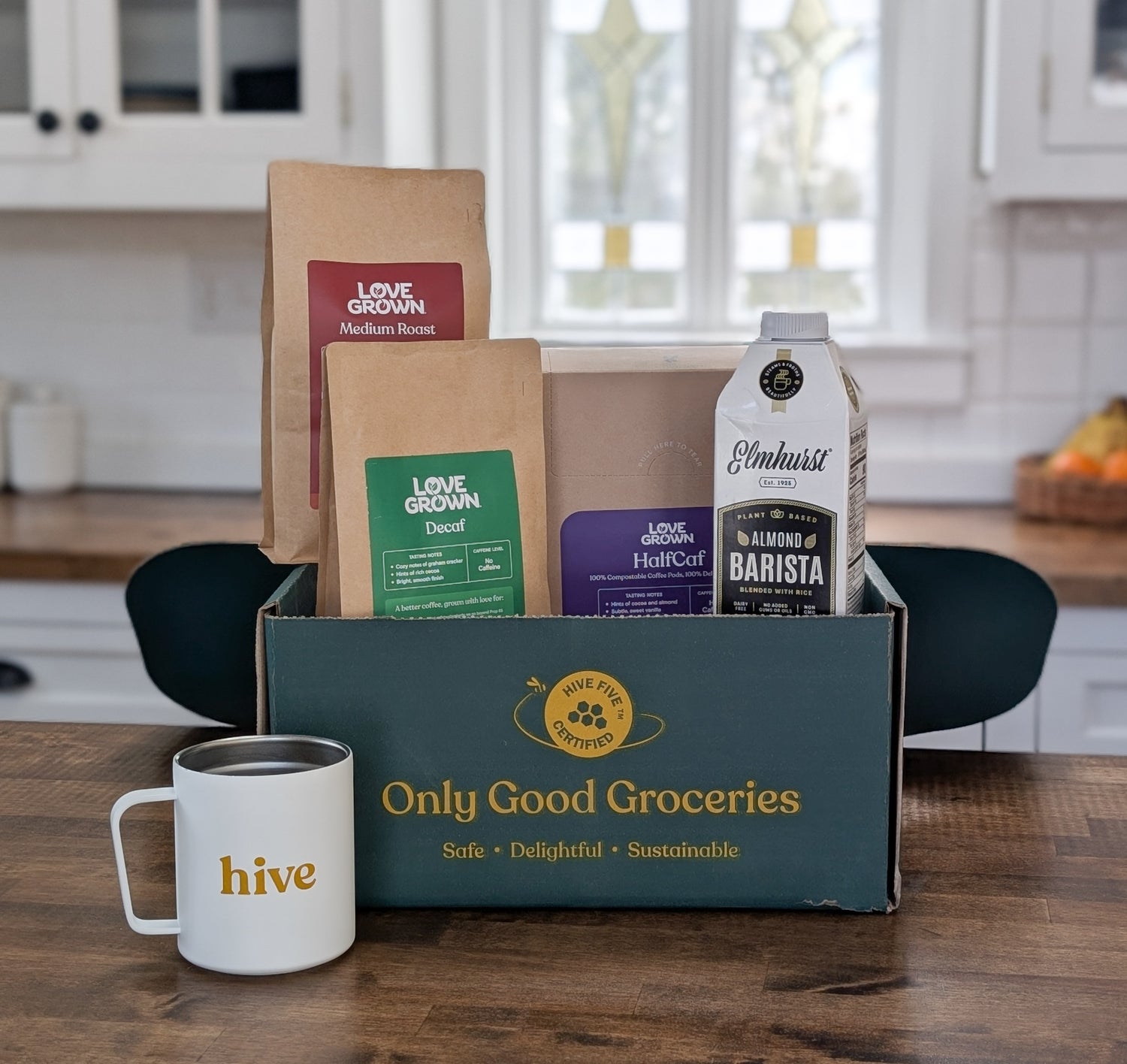Why did you start ECOlunchbox?
The short and sweet answer is: I founded ECOlunchbox on my kitchen table in 2008 to educate, inspire and motivate people to say goodbye to plastic. As a young mother (how time flies!), I wanted to protect my children from toxins in plastic. I couldn’t find plastic-free food containers in the marketplace, so I decided to start my own company to serve my own family and anyone else who was determined to ditch plastic at lunchtime. Plus, I am a longtime environmentalist, so I was determined to do whatever I could to reduce plastic pollution. I was new to business when I started ECOlunchbox. My background is in journalism and humanitarian aid. Fortunately my research skills paid off, and I learned how to build a company, design products, put them to market, etc… It’s our mission to help people reduce their dependence on plastics that has kept me going the last 12 years—even through the pandemic! The longer answer for why I started the company is in my new book Say Goodbye To Plastic: A Survival Guide For Plastic-Free Living. It’s part memoir, part plastic pollution education, and a room-by-room guide to plastic-free living tips that readers can press into action.

What steps do you take to reduce waste at home?
I started with lunchtime. Weeding plastic out of my lunch piece by piece was my portal into zero waste living. When it comes to reducing the use of plastic and generating less waste, I see it as a gradual ongoing process. Just like weeds in the garden, plastic tends to pop up in our lives again and again. In my book Say Goodbye To Plastic, I invite readers to pick a room in their home and inventory all the plastic in that room, especially single and limited use plastic items. This room, whether it’s the kitchen, bathroom, dining room, or bedroom, becomes the portal to zero-waste, plastic-free living. Then, I challenge readers to methodically weed out as much of the plastic as possible in that room. I think approaching the challenge room by room makes it less overwhelming and offers a higher level of satisfaction. You can see after a month or so of implementing a new, plastic-free lifestyle that these strategies and processes make some pretty dramatic shifts. When people ask me if I live a plastic-free lifestyle, I explain that plastic-free is the GPS. That’s where we’re aiming, but with the challenges of omnipresent plastic we don’t beat ourselves up if we still have plastic in our lives. Instead we resolve to act persistently and positively on saying goodbye to as much plastic as we can.

What are your online shopping tips for reducing waste/plastic?
Online shopping has been a real blessing during the pandemic, but the carbon and plastic footprint created with all the shipments is a real nightmare for our planet. Studies show that trash has increased about 30% since the start of the pandemic due to wasteful shifts in consumer habits.
When shopping online, I recommend consumers choose companies* with planet-centric shipping practices that carbon offset shipments and don’t pack with plastic (kraft tape instead of plastic, recycled dunnage paper instead of peanuts and plastic pillows, recyclable cardboard boxes instead of trashy padded plastic envelopes).
If you’re not sure what the company’s shipping supplies are made of, use one of your most powerful tools a consumer can leverage: curiosity. Ask questions, find out how shipments are packed and whether carbon offsets are purchased by the shipper. Request the shipper upgrade to plastic-free shipments if they haven’t already. Add a customer note at checkout requesting a plastic-free, carbon offset shipment. Post comments on social media educating and inspiring companies you love to buy from to up their game.
*A note from the editor here—At Hive, we don’t use plastic for our shipping and we offset the carbon from every order.
What advice do you have for people when shopping for reusable containers?
When it comes to picking the perfect food container, I recommend that people start by thinking about what kind of food they plan to pack and reverse engineer their container selection from there. Consider the quantity of food you’ll be packing as well as whether it’s wet food that will need a leakproof lid. To find the best fit, carefully check the dimensions (i.e. length, width and height), and the capacity for the container to make sure it’s going to fit your salad, sandwich, leftovers, or whatever else you have. Picking solely based on a photo when buying can be tricky since scale isn’t always available, so be sure to read the dimensions.
The next step is to think about how you’re planning to use the container—whether it’s at home for food prep (stainless steel or glass work great), in your refrigerator for food storage (glass containers work best for this since you can see inside), or in your backpack while you’re on the trail, at school, or the office (pick something like unbreakable stainless steel here). If you think you’ll be packing a combination of items, like veggies with a dip or salad with a dressing, consider buying a container that’s designed modularly, like the ECOlunchbox Three-in-One, so you can compactly pack a small nesting container inside a larger one.

If weight is a factor, avoid glass since it’s heavy. If you’re looking for something light-weight and nonbreakable, ECOlunchbox’s Blue Water Bento stainless steel containers are a great option. Obviously, for human health and the environment, I recommend avoiding all plastics, including BPA-free plastics, because even those can contain estrogen-mimicking chemicals.
With some careful planning, you’re sure to select wisely and get a lot of use out of your reusable food container.

